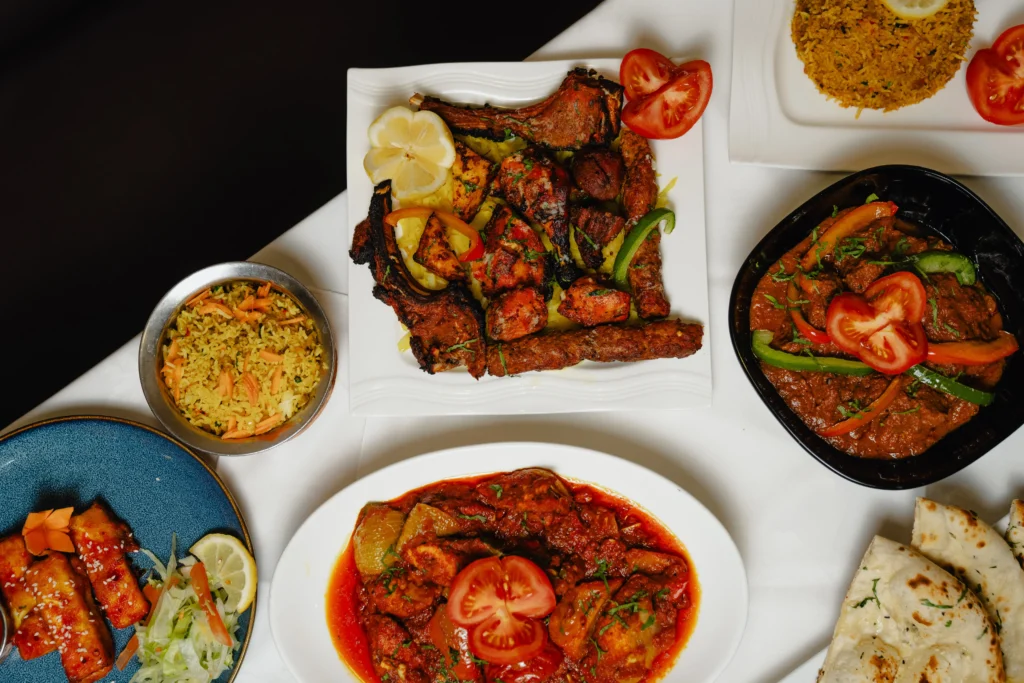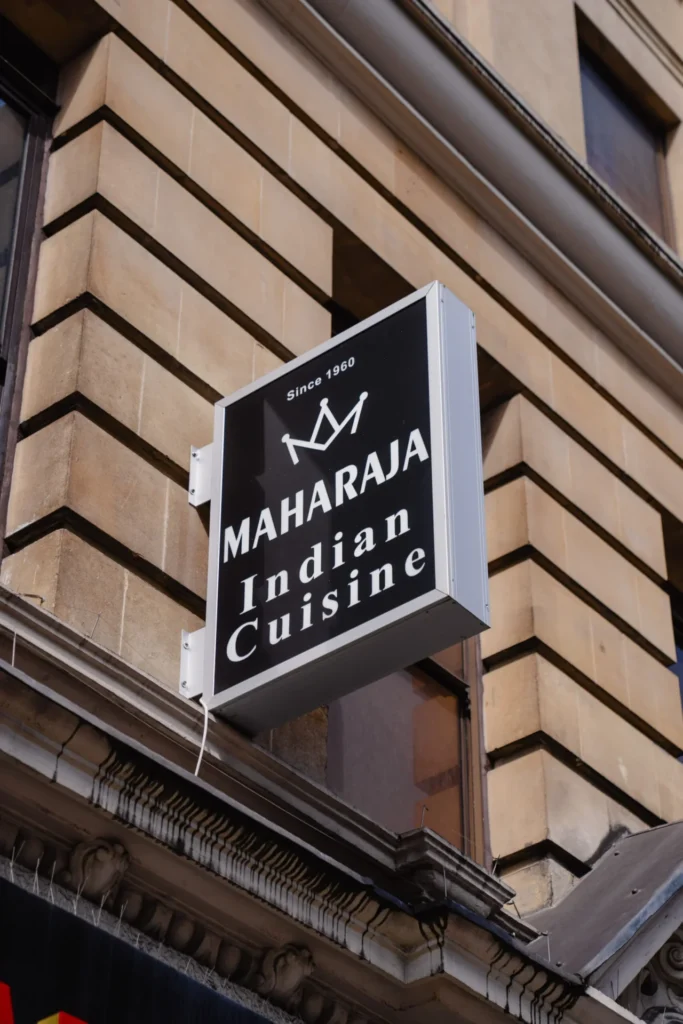The Struggles and the Rise
The 1970s brought challenges. Economic struggles and a wave of anti-immigrant sentiment made survival difficult for many Indian businesses. But Rajiv refused to let his dream fade. He expanded his menu, introduced a lunchtime thali for office workers, and even started home delivery – one of the first Indian restaurants in London to do so. His resilience paid off.
By the 1980s, Indian food had become a beloved part of British culture, and Maharaja of India was at its heart. It was no longer just a restaurant; it was an institution, a place where generations gathered, where first dates turned into anniversaries, where Londoners came for a taste of something both foreign and familiar.
A Legacy Continues: Indian Culinary Heritage
Rajiv’s son, Amit Kapoor, took over in the 1990s, modernising the restaurant while keeping its soul intact. He introduced fusion dishes like masala and expanded the wine list, but the core flavours remained untouched. When celebrity chefs and food critics hailed Maharaja of India as “a place where history meets flavour,” Amit knew he had honoured his father’s legacy.
Today, more than 60 years later, Maharaja of India still stands in Charing cross road , Soho, its walls adorned with black-and-white photos of its journey. It still stands as a living testament to a young immigrant’s dreams. Moreover, food continues to unite cultures and inspire.


